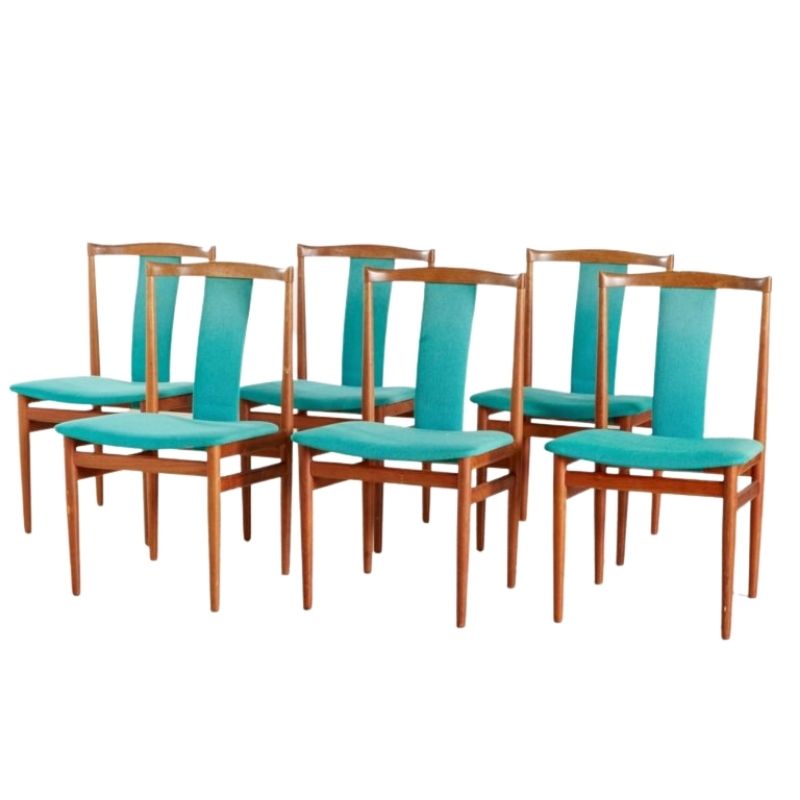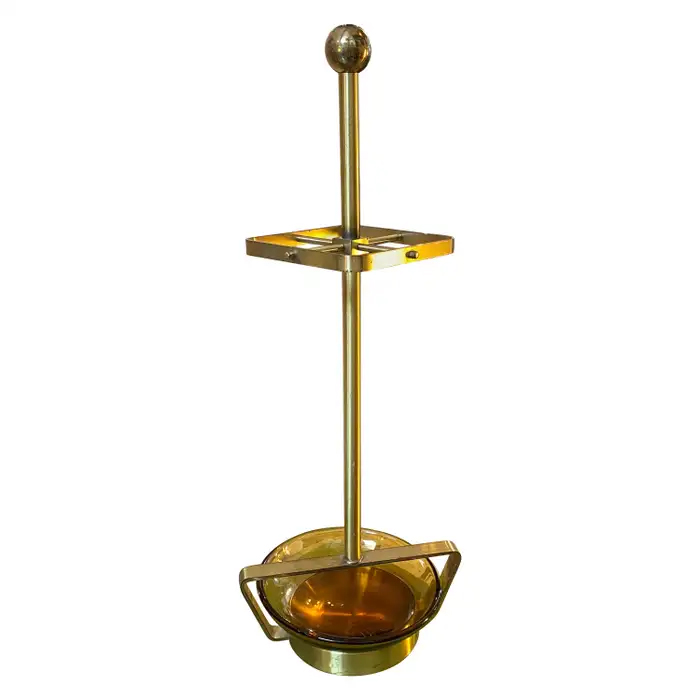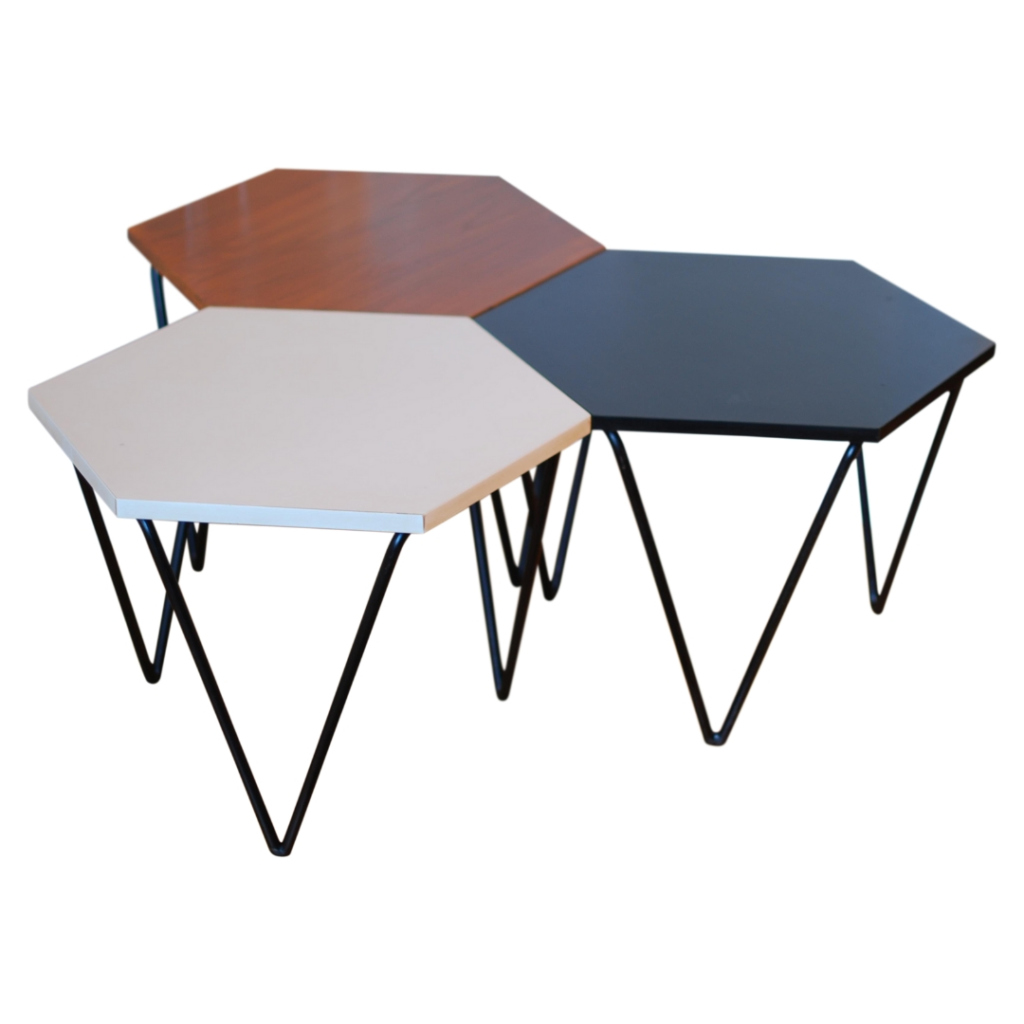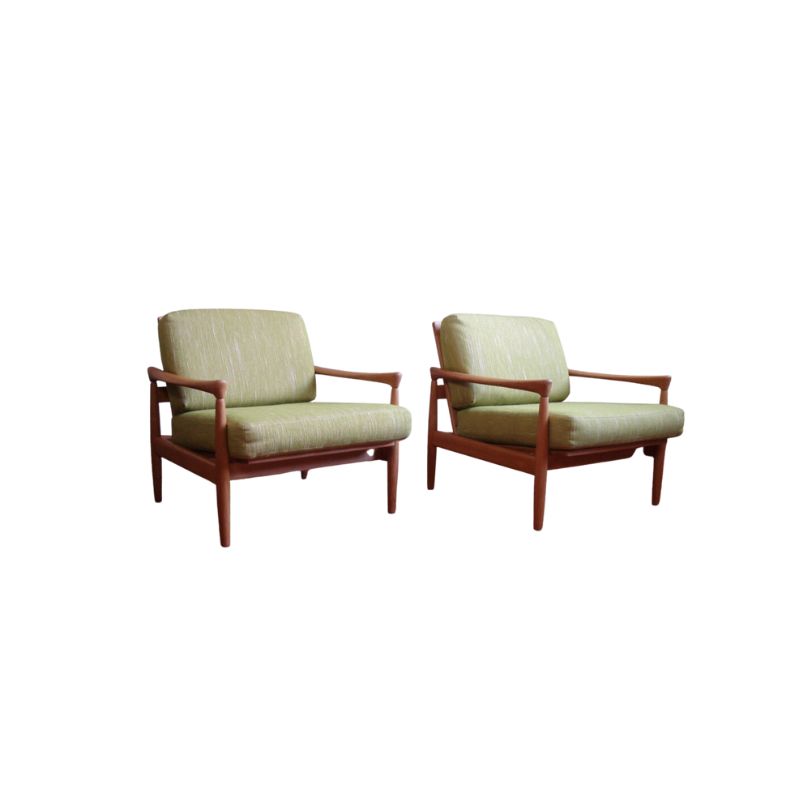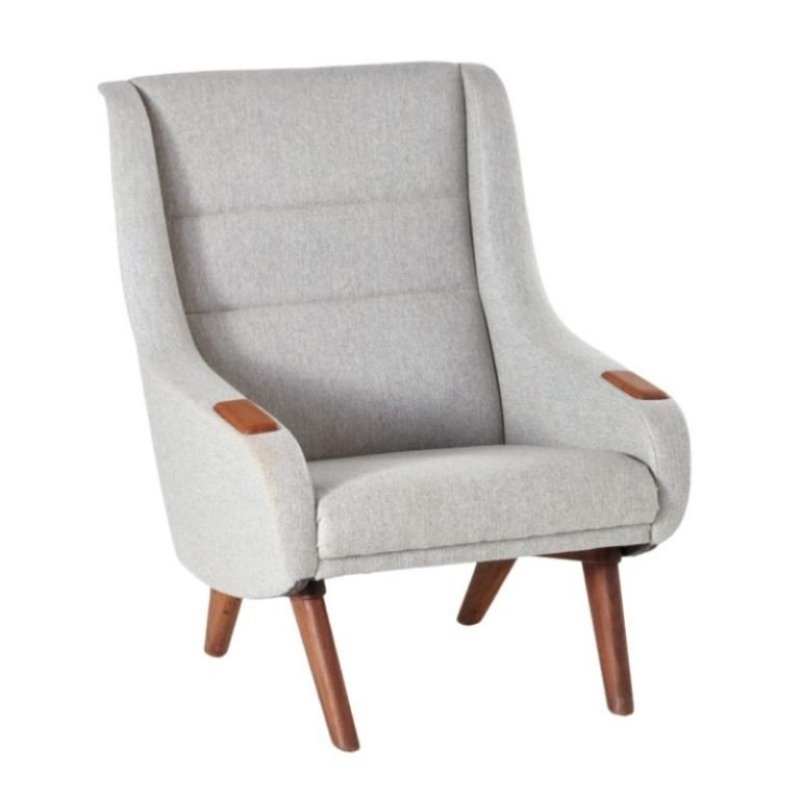Hi,
I am trying to repair this CH-25 chair. There is a bleach mark on the back of the chair. Rather than have it redone with new paper cord, I was wondering if anybody knows of any method to stain the bleach mark so that it is less noticeable. I have been using tea and have applied about 4 'coats' towards the left of the stain, which seems to be slowly darkening the patch. I could strengthen the mixture (use two teabags) and try applying again for a quicker result. Or maybe somebody out there has a better method?
Ian.
Danish Mods

That's a tough one. Seems like anything you use would leave a water stain around the perimeter of the stain unless maybe if you dampened the entire chair back first?
You might try a weak solution of dye made for cellulose fibers. I think Rit is is this type, but it only comes in a few colors so you may have to mix yellow and brown with maybe a touch of black to get the right color.
I would not experiment on the chair, though. Buy a coil of cheap paper cord and and wrap some snugly around a board so that it's easy to handle and stays put. Get all of it it damp and then lighten half of it with diluted chlorine bleach. Let dry and then try out different dye combos until you hit on the right one. This way you can also see how it looks when it dries--I mean, how well it blends at the perimeter.
Please post before and afters and a description of the process---and also what did not work! If possible. These kinds of bleached areas are common on paper cord and I'm sure others will be grateful for the info.
You might consider consulting an airbrush artist to shade the area and suggest using good quality aqueous artist's acrylics rather than anything solvent or oil based that could weaken the paper cord. Spraying may be the best method by which to modulate shading around the perimeter of the bleached area and avoid leaving "tide lines". Just a thought...
I agree with both spanky and tktoo, in part - RIT is the answer, and it is a tough one.
the method described by spanky is spot on. Just remember that dye stain, unlike pigment stain, is not additive in terms of light and dark. adding more of the same concentration of dye does not make the material darker. it will make it a bit more saturate, but not darker. to make it darker, you must add more dye to the solution. keep this in mind when testing - shoot for slightly lighter tones first, gradually adding grains of dye until you get close to the tone you want. Follow RIT's instructions for mixing, and remember to allow your tests to dry completely first. A hair dryer on low heat will speed this process. RIT recommends using salt as a mordant. This may leave a light powdery residue when dry, and should be cleaned off as soon as you can.To clean, pat with a damp sponge then blot with a dry cotton towel. Note, to apply the dye, you can use an airbrush, However it will cool the dye solution, which may result in a color slightly lighter than you want. To apply I would use a sponge brush cut down to an appropriate size and dampen it with dye to apply. Have fun!
Thank you very much for the suggestions!
I must say the idea of dyeing the cord does sound daunting. I live in Denmark so would have to find a Danish dye supplier. I would even consider redoing the paper cord on the seat. I have recovered several dining chairs with good results, though I can't find a relevant link to see how the CH-25 is woven. I suppose I would discover the technique used once I remove the papercord.
Thanks again!
If you decide to re-weave these links may prove somewhat helpful. According to the Carl Hansen & Søn video around 400 meters of papercord is needed to complete this chair. Makes the Moller dining chairs look like child's play.
http://kapeldesigns.blogspot.com/2013/09/weaving-hans-wegners-ch25-photo...
https://www.youtube.com/watch?v=k0nsK6v4c4Y
http://www.modernchairrestoration.com/2014/01/wegner-ch25-woven-chair/
http://www.designaddict.com/forum/General-discussion/weaving-back-Wegner...
I've redone several of these and it's actually not nearly as impossible as it looks (and believe me, I spent a lot of time wondering how it was done until I got one in hand and undid the weaving). The worst part of it is that the back takes a long time since you are weaving both front and back. It's about like doing three Moller chair seats, with added time because of you can't weave off the spool and have to pull all the cord through with each pass.
So, the main thing is to make sure your up/down strands (warp) is spaced so that you have the right number feeding through the slot in the chair rail. This slot is there so that the back can have that wider band of warp strands down the back. They are necessary because you have to have a way to hide the knots where you join a new double strand of weft cord to the previous double strand! That's all it is. Very simple and very ingenious!
You do have to make sure you start the over/under of the weft on the back correctly so that clump of four weft strands is in the middle of it, or something. I remember having a couple of false starts on that with the first chair I did and maybe the others too because it's the kind of thing I figure out only by looking at it---not remembering what I did last time. Other people may cruise right through that step.
Start at the top. The variation in the weave at that wide weft point that you see every 7th or 8th row is to lock the strands in place, I think---just be sure that you don't end up having to start a new strand right at that point. undo a warp row so that the knot is just above it.
I think that's about it. The rest is just basic Danish cord weaving---be meticulous, try to keep your cord from tangling, keep your work area clear of other stuff (tools, other furniture, etc) that the cord will catch on---it's not a huge deal but it takes time to free it up and this chair will already take a LONG time to do so any way that you can speed the process is good. Pack the cord as tightly as possible front and back so that there's less room for it to sag as it ages.
Good luck! And post a photo when you're done, whatever you decide to do!

Thanks, Auntie! It beats sitting in an office, that's for sure.
I should have looked at Jesgord's links before I posted! I'd forgotten that all that stuff was already here. I don't think I'd seen the video before, though--damn, I gotta learn those finger moves for that weaving! I'm faster than I used to be but I'm not as fast as that guy. I would love to go back to Denmark someday and visit Fritz Hansen or PP Mobler and see these guys work in person but videos are the next best thing for now!
Oh, one other thing---work at the right height. If your work surface is too low or too high, you'll be more fatigued and the whole process will be less enjoyable and may take longer. And the straps holding the chair to the work surface are not essential. I don't use those on any of the chairs I weave. I like being able to move the chair around easily to check my work, and I don't have any trouble pulling the cord tight, either.
Go, Benny!
You do need the clamp if you weave like that, and that's a healthier way (for the body, i mean) to do it than sitting near the floor like I do with chair on the floor. But I don't have room for even a little table like that right now.
When doing chairs with woven backs, I settled on dining table height, I think, but with enough working area that I can lay the chair on it's back to weave the inside back, then back upright to weave the back. It's not perfect and some chairs are kind of heavy to be moving up and down like that over and over. But it's way preferable (for me, I mean) than leaning across the seat to do the inside back.
That guy is so fast. And he doesn't use a shuttle. I load up my shuttle with as much cord as will fit on it and then just weave until it's empty, then load it up again. By the end of the second shuttle I'm in the tight center part of the average seat like this. I find this WAY preferable to pulling a strand through all the way at every corner of every round, even if it's not that long a strand. It also saves having to stop and knot a new strand on. Pretty sure i'd have tendonitis in my elbows if I was weaving the way he does. But it sure works for him!
If you need any help, please contact us at – info@designaddict.com



